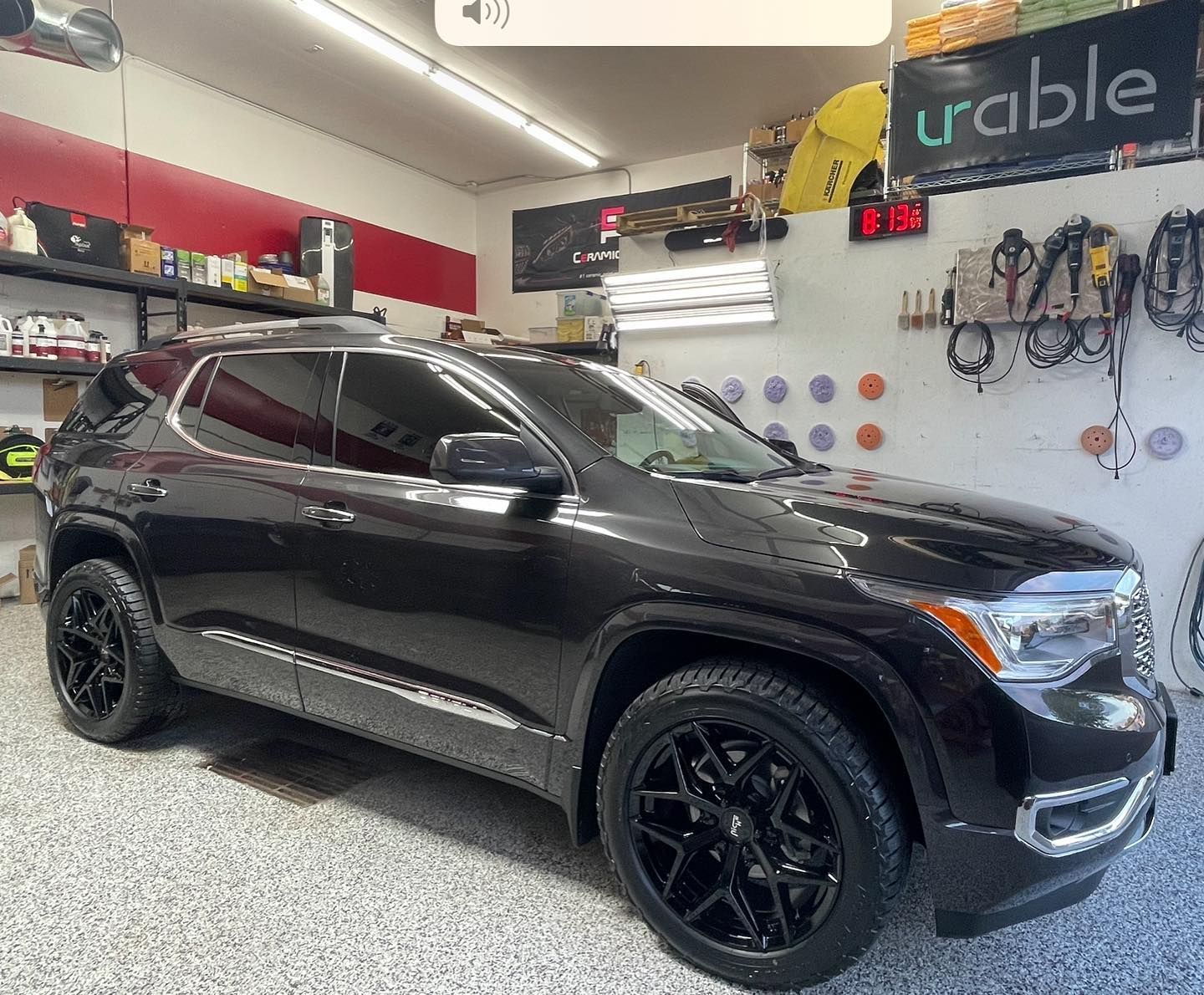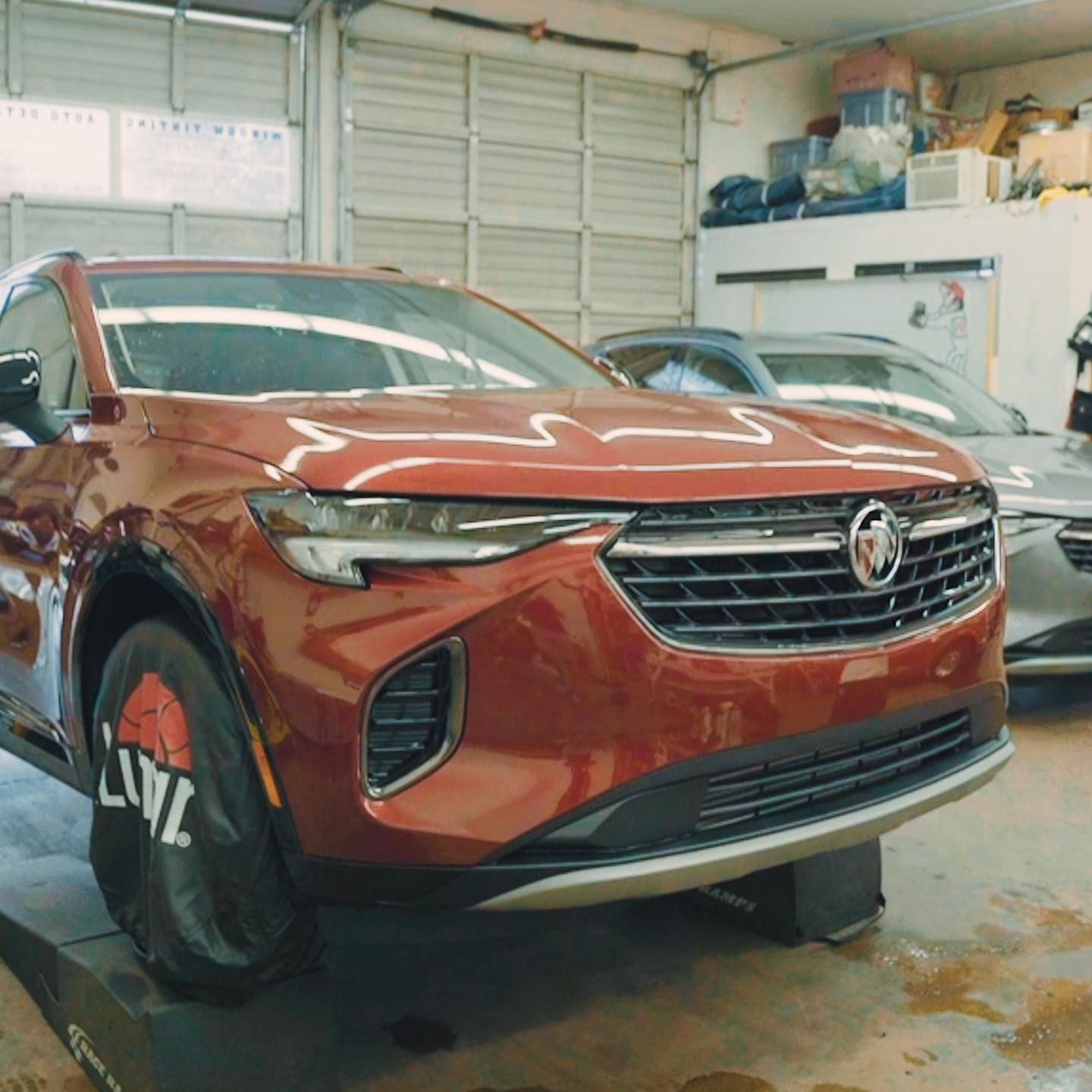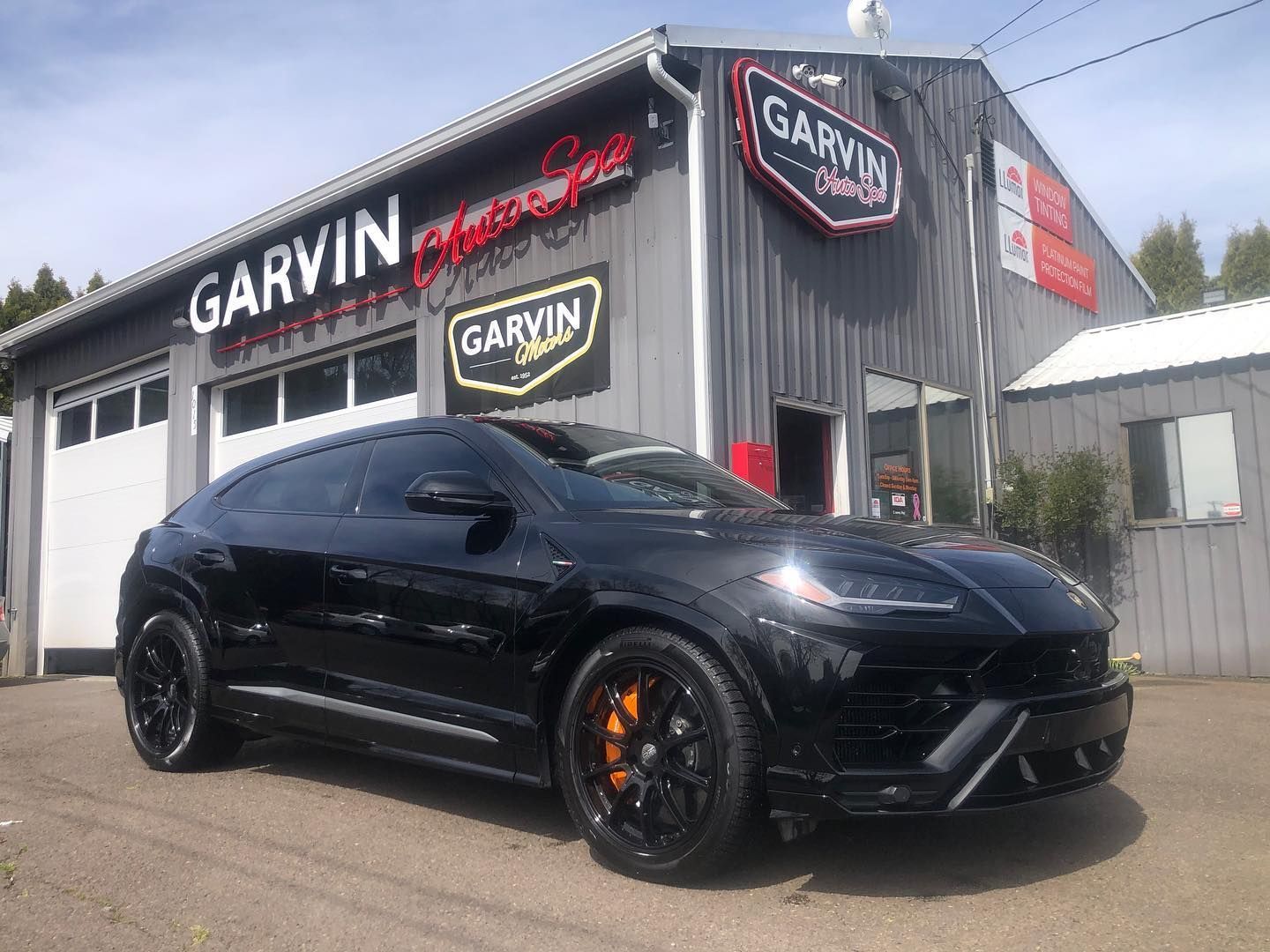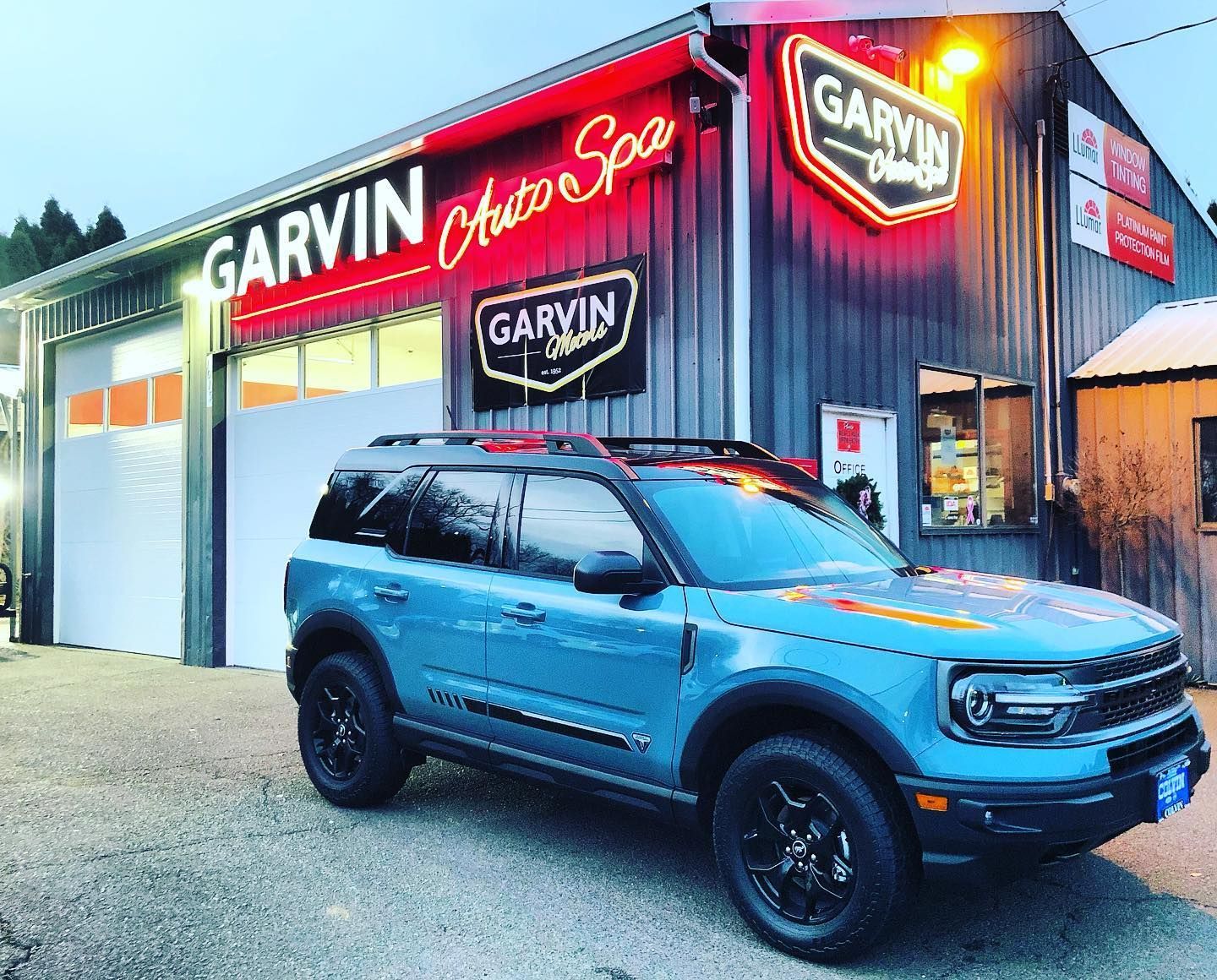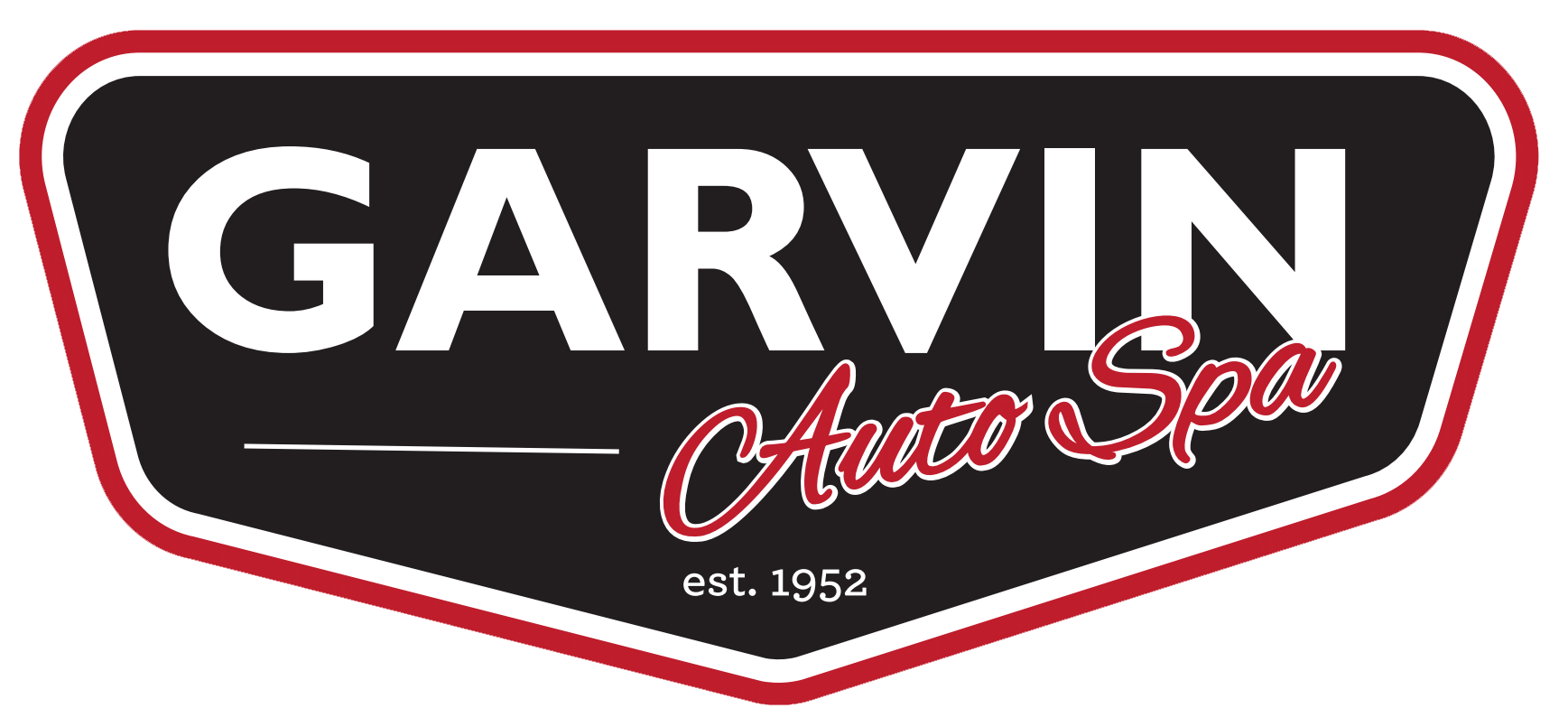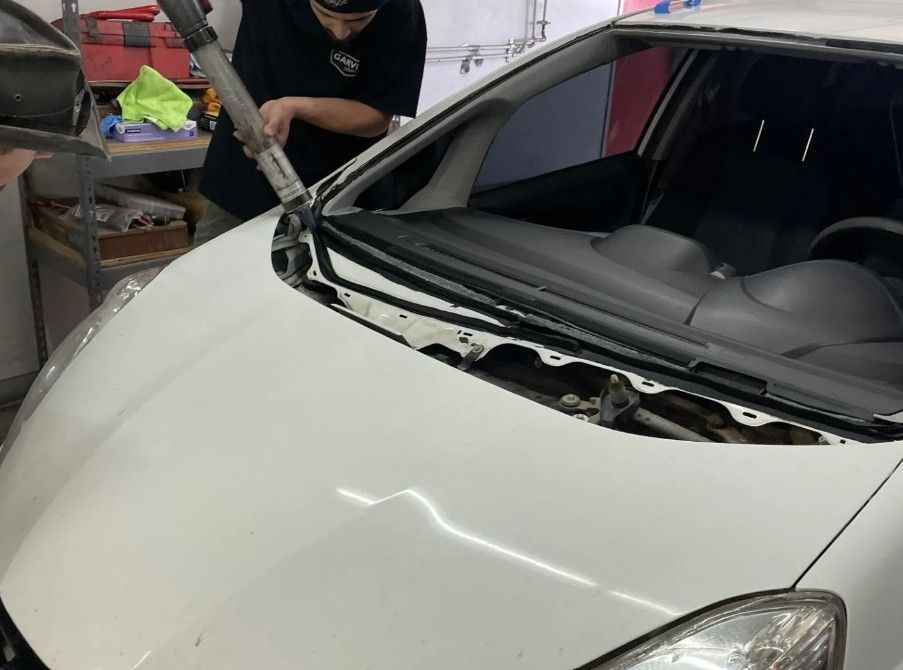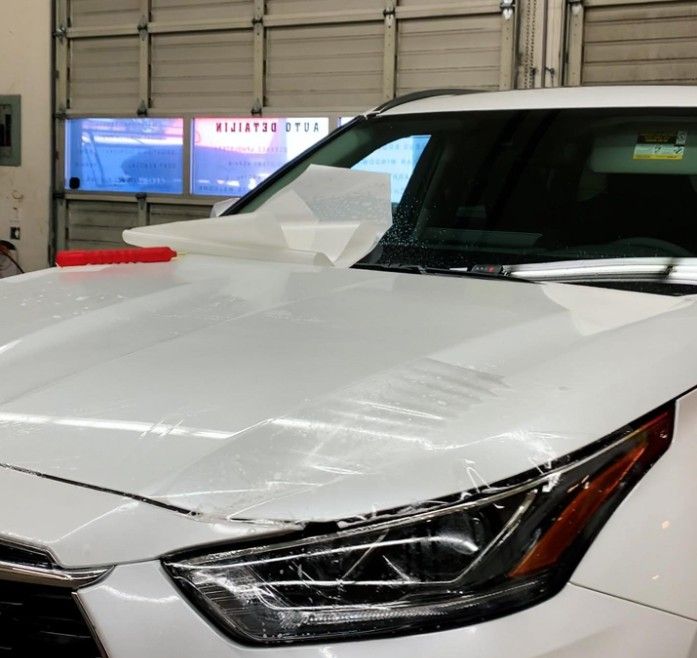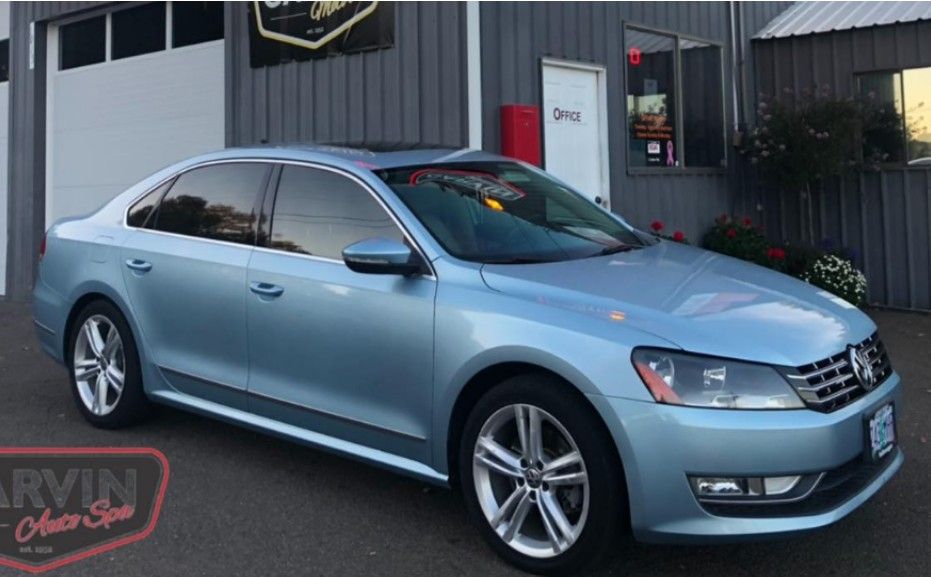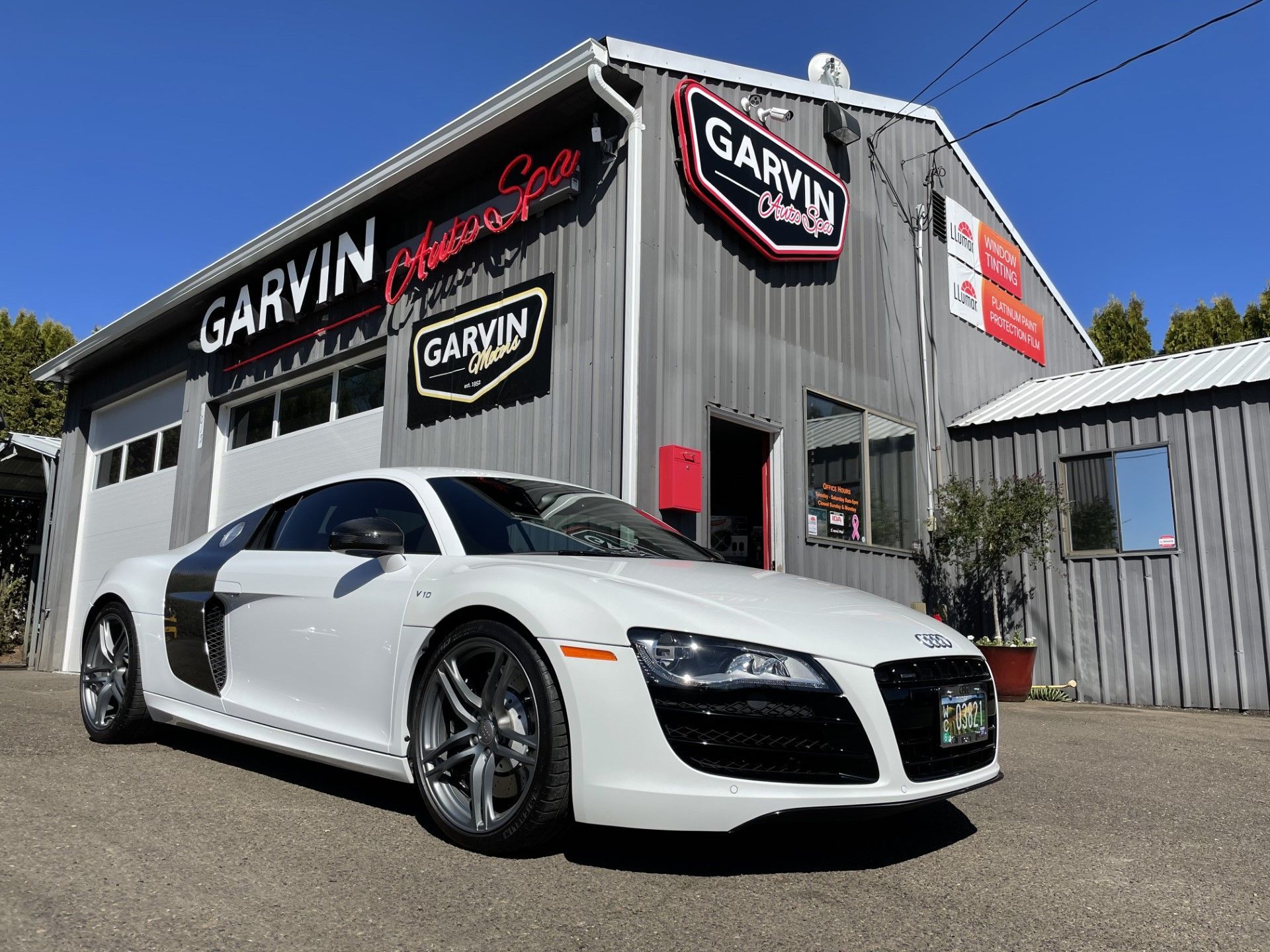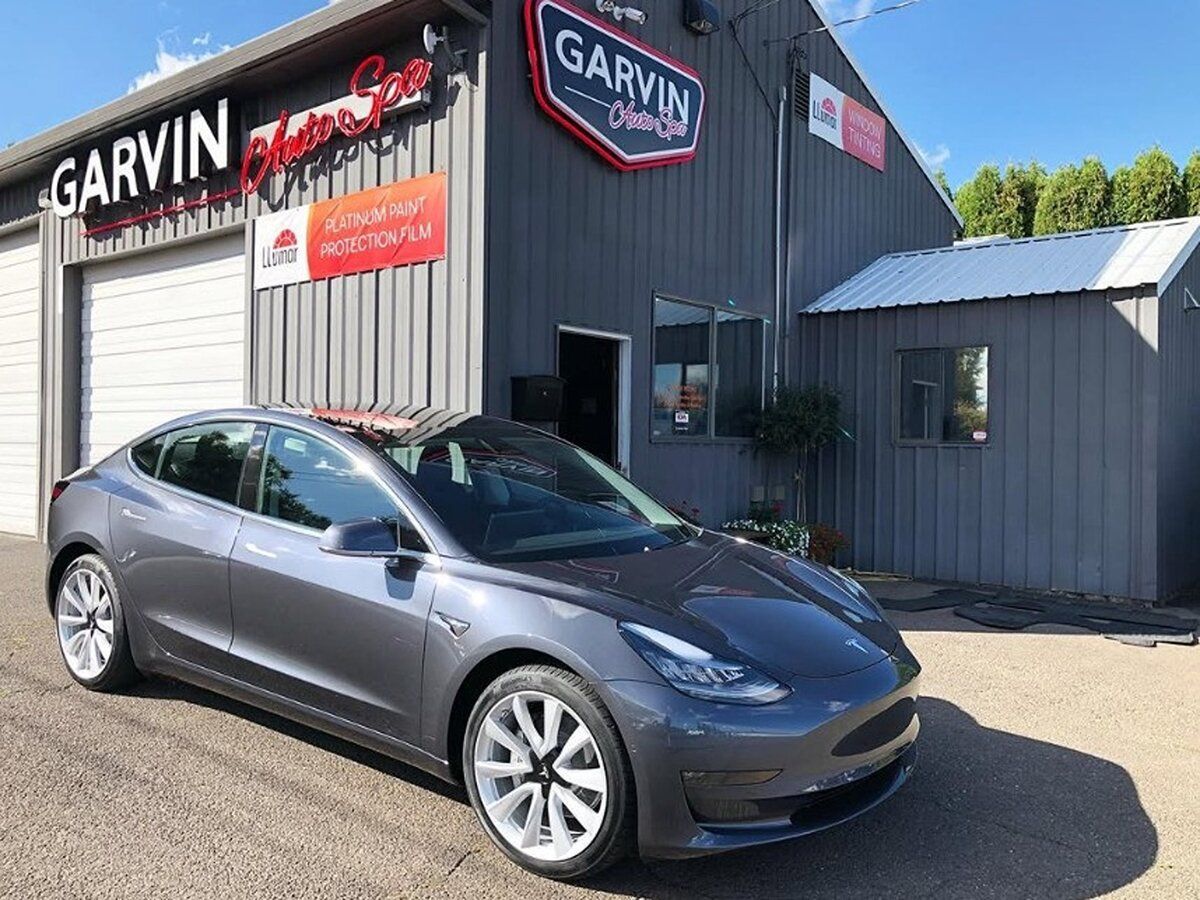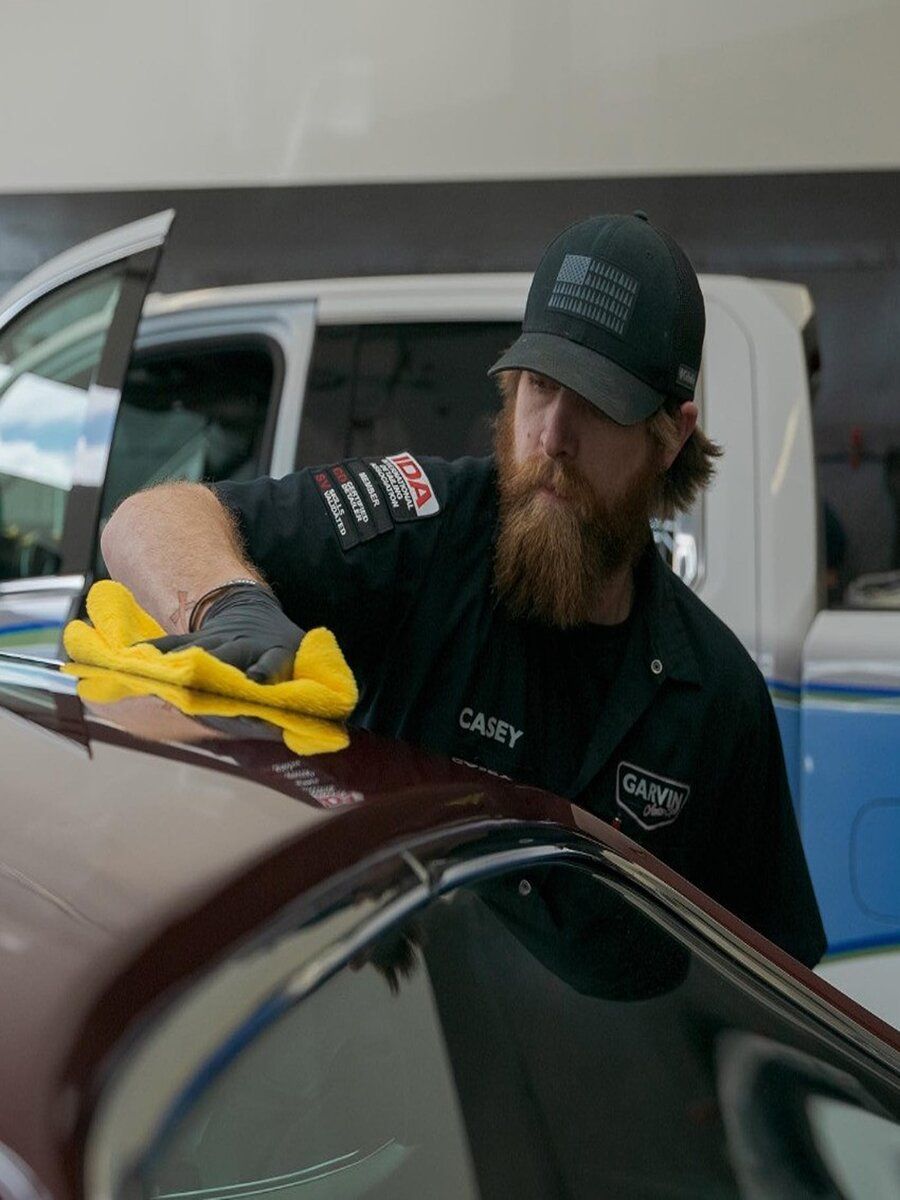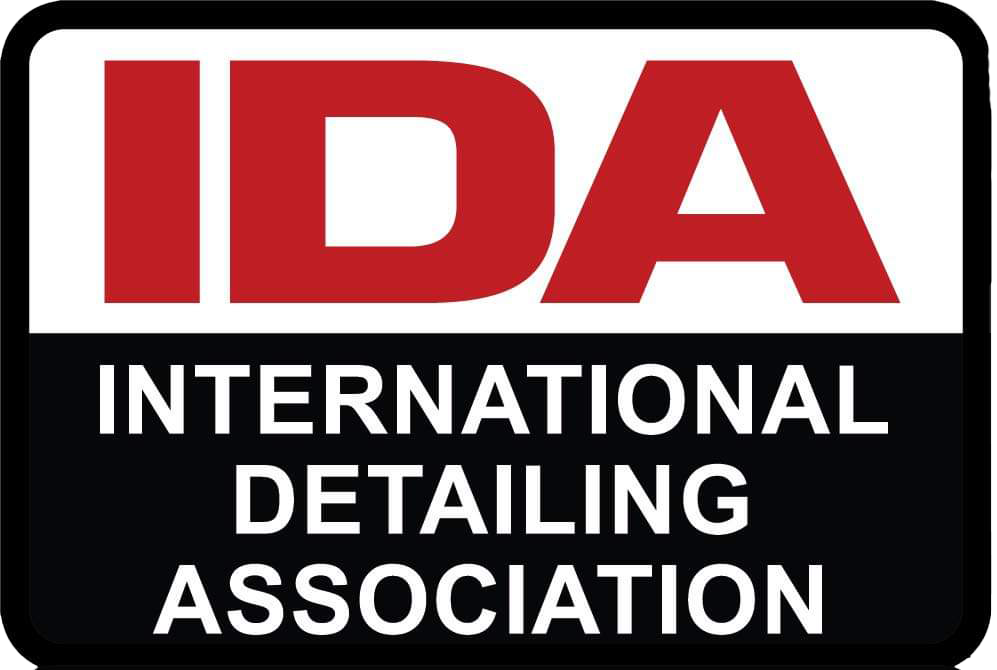When it comes to safeguarding your vehicle's paint, ceramic coatings have become a popular choice among car enthusiasts and everyday drivers alike. But beyond just a single layer of this high-tech protection, many wonder: can you add more layers for even better results? The answer is yes, but there's more to it than simply piling on layer after layer. Like building a strong foundation for a house, the way you apply these coatings matters significantly.
Throughout this article, we'll explore the ins and outs of ceramic coatings, discuss their benefits when layered correctly, and offer tips on how to achieve that showroom shine without running into potential pitfalls. Whether you're a DIY enthusiast or considering professional help, understanding how layering works is key to protecting your investment while keeping your vehicle looking its best.
Yes, you can add more layers of ceramic coatings after the initial application, and it can enhance durability and protection if done correctly. However, it's crucial to allow the first layer to cure properly before applying additional coats, as this ensures optimal bonding and effectiveness of the product.
Introduction to Ceramic Coatings
Ceramic coatings represent a significant advancement in vehicle protection. They are essentially liquid polymers that, when applied, chemically bond with your vehicle's factory paint. This bonding forms a protective layer, enhancing not only the appearance but also the durability of your car's exterior. Think of it as armor for your vehicle; while traditional waxes might sit on top like a blanket, ceramic coatings integrate directly with the paint, creating a barrier that's less likely to be compromised by weather or wear.
At the heart of ceramic coatings is silicon dioxide (SiO2)—this compound is crucial because it significantly improves water repellence and boosts resistance to environmental contaminants. This means that not only does water bead off your vehicle, but dirt and grime are less likely to adhere, keeping your car cleaner longer and making washes easier. When maintained correctly, these coatings can last anywhere from two to five years, depending on product quality and application techniques.
Unlike other sealants or waxes, which require frequent reapplication, ceramic coatings stay put. Their semi-permanent bond means that a single high-quality application, properly done, can protect against UV rays, chemical stains, and even light scratches. However, keep in mind that while they offer incredible protection against many issues, they cannot eliminate all imperfections; some swirls and scratches may still occur within the coating itself.
Can You Layer Ceramic Coatings?
Layering additional coats can potentially enhance the benefits even further. While one layer is effective for basic protection, adding a second layer might increase its effectiveness and contribute to improved durability—users often report around a 20% increase in durability with proper layering techniques.
However, timing and product compatibility play crucial roles in achieving these benefits. Many users suggest applying subsequent layers within 12 hours after the first layer begins curing to ensure a proper bond.
Important: Before diving into this process, ensure you check specific product guidelines, as not all manufacturers endorse layering their solutions. As with any auto detailing endeavor, preparation is key; panel wiping prior to application ensures that the surface is clean and free of debris for an optimal finish.
If you're considering adding layers of ceramic coatings to your vehicle's exterior, take note of what others have shared about their experiences. Many suggest using products known for complementary interactions between layers for maximum effect. Products like Siramik Lustrous Plus or CarPro Release serve as excellent choices for creating robust barriers against natural elements.
Steps Before Applying More Coats
Proper preparation is essential to ensure the new layer bonds effectively with the existing one. The integrity of your ceramic coating depends heavily on how well you prepare the surface, and neglecting this step can lead to poor adhesion and reduced effectiveness of the protective layers.
Step I: Thorough Cleaning
Begin with thorough cleaning. Imagine you're getting ready to paint a room; you wouldn't start without first removing any dust and grime, right? You must meticulously clean the vehicle's surface to eliminate all contaminants that could interfere with bonding. A pH-neutral car shampoo is highly recommended for this task since it cleans excellently without stripping away the existing coating you've worked hard to apply. Ensuring that every nook and cranny—especially areas around badges and door handles—is spotless is crucial, as these spots can harbor grit.
Step II: Surface Decontamination
Now comes the surface decontamination phase, which is key to ensuring that your ceramic coating adheres optimally. Using tools like a clay bar or an iron remover will help eliminate persistent impurities—those microscopic particles that often elude even the most thorough washes. Think of it like exfoliating skin before applying moisturizer; you want a fresh canvas for maximum effectiveness. Just remember: be gentle! Pressing too hard can create scratches on your paint job.
Step III: Panel Wipe Down
The next essential step is conducting a panel wipe down using isopropyl alcohol diluted with water in a ratio of about 10-20%. This acts like a meticulous detailer, ensuring that any residues from previous cleaning products are completely removed. Every residue left behind affects how well the new coating adheres to the surface. Make sure to wipe down each panel thoroughly, allowing it to dry completely before proceeding to apply that shiny new coat.
With these preparatory steps diligently performed, your vehicle will not only be clean and refined but also perfectly primed for receiving additional layers of ceramic coating, setting the stage for an enhanced detailing experience ahead.
Fine-Tuning Surface Preparation
When it comes to applying ceramic coatings, the difference between a mediocre finish and a flawless one often rests on how meticulously you prepare the surface. Think of surface preparation as the foundation of a house; if it isn't solid, everything built on top is likely to crumble. To achieve that impressive, glossy finish you desire, investing time in prepping your vehicle's surface is essential.
Microfiber Cloths
One of the unsung heroes of surface preparation is the microfiber cloth. High-quality, lint-free microfiber cloths can make all the difference in ensuring that no pesky fibers or contaminants compromise your pristine paint before you apply any coating. Lower-grade cloths might seem adequate at first, but they tend to shed tiny fibers that can become embedded in your coating, interrupting its smooth finish. Investing in premium microfiber options may cost a bit more upfront but will save you headaches later on when you achieve a more consistent application.
As you begin the cleaning process, it's crucial to wipe away any dust or debris thoroughly. Take your time here—each swipe with that microfiber cloth should be deliberate and gentle, showcasing your commitment to excellence.
Controlled Environment
Environment plays a critical role in achieving the best outcome from your ceramic coating application. Ideally, you want to work in a controlled space where dust and humidity are kept at bay—think closed garages with proper ventilation.
Temperature can also impact curing times; for instance, applying ceramic coatings within an ideal range of 50°F to 90°F (10°C to 32°C) allows for better bonding and ensures that the coating cures properly without premature drying or smudging.
Imagine this: you've spent hours detailing your car's exterior only to have tiny particles settle on it during application because your workspace was less than optimal. A few flecks of dust can ruin hours of hard work and diminish the final appearance. Keeping your workspace clean not only helps with bonding but also creates a pleasant atmosphere for you as you take pride in your work.
Drawbacks of Extra Layers
While layering ceramic coatings can enhance protection, it also comes with drawbacks. High-quality coatings with premier brands can be expensive, and multiple layers quickly increase costs and product use. More layers also mean more labor—what begins as a four-hour job can stretch to twelve or more, making the process tedious for many DIYers. Most importantly, adding extra coats doesn’t always equal better protection; proper technique and product quality matter far more. Each layer must cure fully before the next to prevent poor bonding or peeling, so patience and precision are essential for lasting results.
Tips for Effective Layering
Follow the Manufacturer's Instructions
One of the most significant steps in achieving a successful application of ceramic coatings is to follow the manufacturer's instructions closely. These instructions often specify optimal curing times between layers, which can vary significantly from one product to another. For instance, while some may require a full 24-hour waiting period to bond effectively, others might only need 12 hours. Ignoring these recommendations could lead to inadequate bonding, making your efforts in applying subsequent layers futile.
To illustrate this, consider the story of a friend who enthusiastically layered his ceramic coating in just a few hours without checking the instructions. He noticed later that his car's surface lacked the gloss and protection he expected. He learned that patience truly pays off when it comes to automotive care.
Use Compatible Products
Equally important is to ensure you're using compatible products across all layers. Mixing brands or types can sometimes lead to chemical reactions that compromise the effectiveness of your coating.
Imagine cooking a meal; if you mix ingredients that clash, you risk ruining the whole dish. The same principle applies here: choosing products from the same brand line can generally guarantee better compatibility and results. This is less about brand loyalty and more about chemistry—simply put, some chemicals don't play well together!
If you're unsure, always consult with professionals or do thorough research about the specific brands and products that best complement one another.
Patience is Key
Finally, remember that patience is key in achieving an effective layering process. Rushing through applications might seem tempting, especially when excitement builds to see your vehicle shine like new again, but doing so often leads to disappointing results.
Allowing each layer to cure properly before applying the next is essential for maintaining that coveted hydrophobic property and overall durability of the coating.
In other words, think of this process as nurturing a plant; you wouldn't expect it to flourish overnight after watering it once! Similarly, give your coatings time to breathe and set before moving on to the next step.
Single Layer vs. Multiple Layers
The topic often brings varying opinions among car enthusiasts regarding whether a single layer is enough or if multiple layers are necessary. A single-layer ceramic coating has its advantages: it's less time-consuming to apply and doesn't hit your wallet quite as hard. Many everyday drivers find that this option fulfills their needs by providing essential protection against UV rays and contaminants for about 12 to 18 months. However, while it offers decent protection compared to traditional wax or sealants, it may lack the longevity and visual depth achievable through a multi-layer application.
Conversely, applying multiple layers of ceramic coating yields significant benefits. This choice leads to increased durability and aesthetic appeal, shining like new for approximately three to five years, assuming proper professional application. The added thickness creates a robust shield against minor scratches and chemical stains while enhancing hydrophobic properties, ensuring water beads off effortlessly.
Imagine standing beside your vehicle after it's been coated with multiple layers—the smooth gloss reflects sunlight beautifully, setting your car apart on any street.
Benefits of Multiple Layers
The advantages of opting for multiple layers include:
- Longevity: Offers longer-lasting protection for your investment.
- Enhanced Appearance: Additional layers enhance depth and shine, maintaining that "just detailed" look.
- Improved Hydrophobic Effects: Water rolls off more easily, facilitating cleaning and reducing water spots.
- Superior Protection: Provides enhanced resistance against minor scratches and environmental damage.
You might question whether the investment is justified. While single-layer coatings may seem economical upfront, they necessitate more frequent reapplications—costing time and money over time. In contrast, the initial higher expense of a multi-layer system often translates into savings down the road due to reduced maintenance efforts and prolonged vehicle aesthetics.
Therefore, as you contemplate your choice between single-layer and multiple-layer ceramic coatings, consider what truly matters to you: cost-effectiveness or long-term value? It's about aligning these factors with your driving habits and lifestyle needs.
FAQs on Layering Ceramic Coatings
1. How does curing time affect layering ceramic coatings?
Curing time directly impacts how well additional layers bond. If the first coat hasn’t cured fully, moisture or impurities can cause peeling or poor adhesion. Most coatings require at least 24 hours before adding another layer, though premium products may allow shorter intervals as per manufacturer guidelines.
2. What are the risks of improper layering?
Improper layering can lead to weak adhesion, peeling, or reduced durability—sometimes cutting lifespan by up to 50%. Using incompatible coatings or skipping curing time can cause chemical reactions, reducing gloss and protection effectiveness.
3. How can I tell if the first layer is ready for another coat?
Perform a water bead test—if water beads tightly and rolls off easily, the coating is likely ready. Typically, wait 24–48 hours after application, and always follow the product’s specific curing instructions for the best bonding.
4. What conditions should be met before applying another layer?
Ensure the previous coat is fully cured (24–48 hours), and the surface is clean, dry, and free of contaminants. Ideal temperature ranges between 60°F and 80°F (15°C–27°C) help the new layer bond effectively and maintain long-term durability.
Take Your Vehicle’s Protection to the Next Level
If you’re serious about preserving your vehicle’s shine and long-term value, proper layering of ceramic coatings can make all the difference. Rather than experimenting with uncertain DIY methods, let the professionals at Garvin Auto Spa ensure each layer is applied with precision and care. Our IDA-certified experts use top-tier products and proven techniques to achieve maximum gloss, durability, and protection — keeping your car looking flawless for years to come.
Call us at 503-472-4278 to book your consultation for expert guidance tailored to your vehicle's needs. Our IDA-certified team is here to help you maintain the beauty of your vehicle with quality service you can trust.
